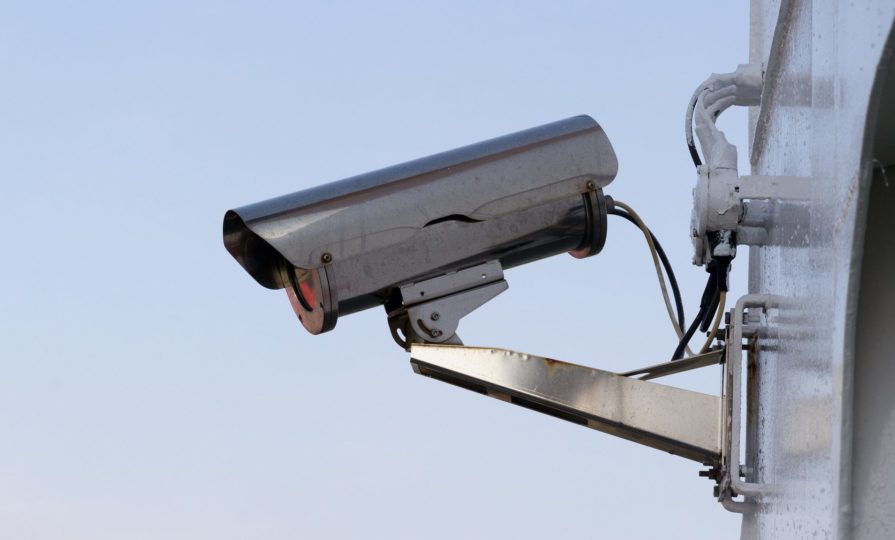Getting the most out of your security system

The popularity of online shopping is continuously growing. And thanks to the 24/7 convenience it brings, it isn’t surprising that the market continues to steadily grow in double-digits each year.

Join 15,000 retail professionals with a membership
Get unlimited access and stay in the know. First-year special offer pricing. Cancel any time.
You have read 2/2 free articles this month.

How many members should have access to the subscription?
Monthly
Yearly
Save £9.89
No, thanks
I already have an account

The popularity of online shopping is continuously growing. And thanks to the 24/7 convenience it brings, it isn’t surprising that the market continues to steadily grow in double-digits each year.